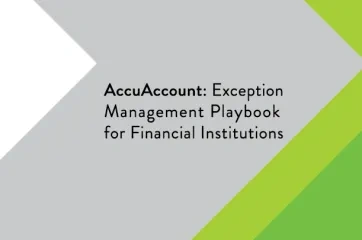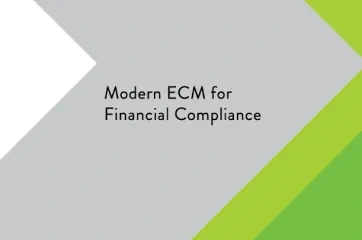Trust Imaging
Trust imaging is the process of using software and a scanner to digitize and organize the variety of documents that are associated with a trust.
Why Do Banks and Credit Unions Image Trust Documents?
There are many types of trusts. Some simply manage a customer or member’s existing assets, while others are more actively involved with investment decisions for customers. In the case of an incapacitated person, a trust may pay all bills on his or her behalf.
Due to the diversity and volume of documents that can be involved, banks and credit unions often opt for trust imaging systems. This allows a financial institution to reduce its volume of paper and permits easier access to the files, which—in addition to the trust agreement—may include:
- Beneficiary information
- Power of attorney
- Asset listings (including real estate)
- Trust expenses
- Correspondence
- Bills and invoices
Scanning Techniques
When digitizing trust documents, financial institutions often employ a combination of batch scanning and desktop scanning. The upfront paperwork may be batched using barcodes, while trailing documents are more likely to be processed with a desktop unit. Because of the variance between trust accounts, software with flexible scanning solutions is optimal.
Trust Core Banking Systems
Normally, trust core software is not integrated with a financial institution’s standard core banking system. The trust core may, however, offer a basic imaging module for trust documents.
Some banks and credit unions integrate a third-party trust imaging solution, like AccuAccount, with their trust cores to gain advanced scanning, organization, and tracking. AccuAccount provides one system to manage the institution’s entire portfolio of account-related documents, while offering the proper controls to keep trust documents hidden from users in lending or other departments.
Trust Core Imaging Resources
Looking for more information about trust core imaging solutions to decrease paper storage and file access time? Check out AccuAccount for trust imaging and document tracking.







